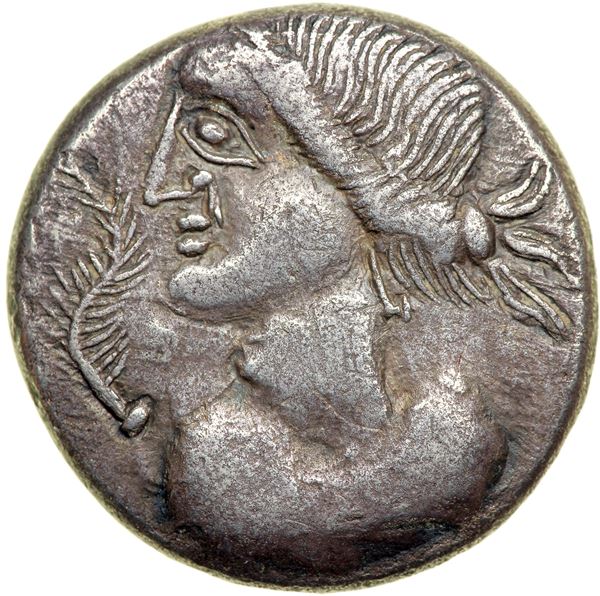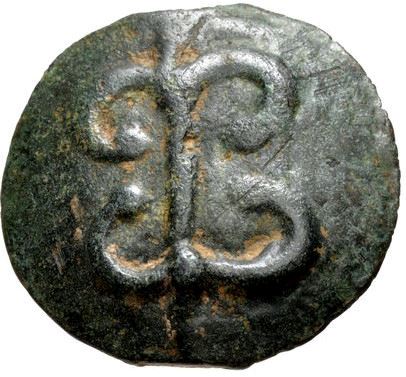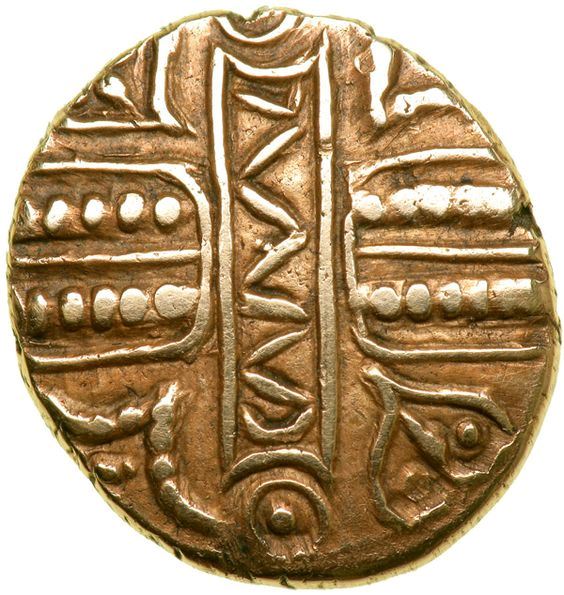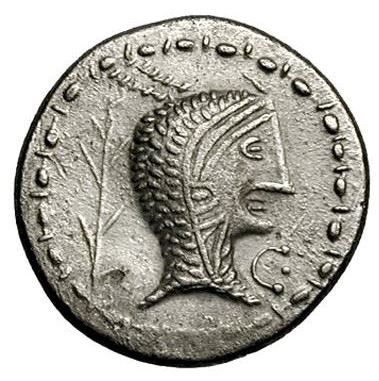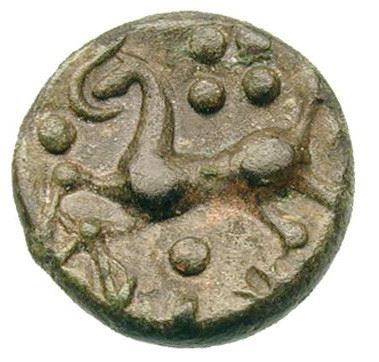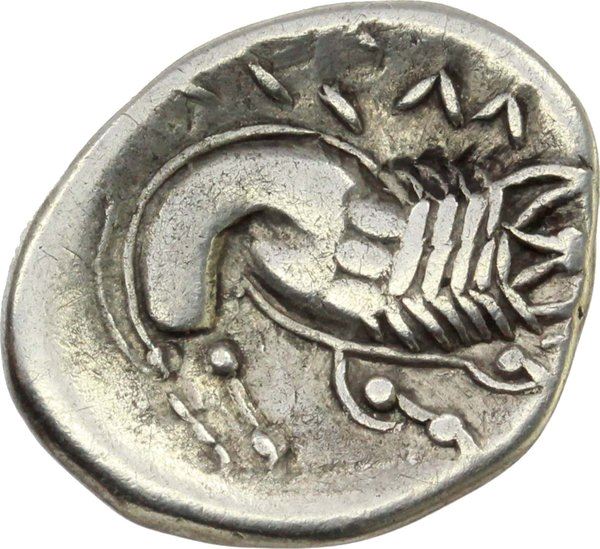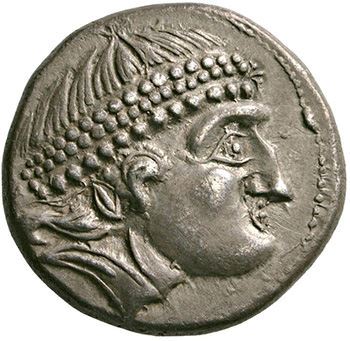Central Europe was home to a number of important Celtic tribes, federations, and kingdoms.
The Raeti people, for instance, lived in the central Alps and had been thoroughly celticized by the time of Augustus. Likewise, the Kingdom known to us as Noricum produced world-class steel for the Roman armies before being assimilated and incorporated in the Roman Empire as the province of Noricum.
Other tribes - like the Boii - were attested in what constitutes northern Italy (Cisalpine Gaul), Bohemia, Bavaria and modern Hungary.
The divide between Central Celtic tribes and Eastern Celtic tribes is therefore quite artificial, and it is hard to draw a definite line between the two.
The Raeti people, for instance, lived in the central Alps and had been thoroughly celticized by the time of Augustus. Likewise, the Kingdom known to us as Noricum produced world-class steel for the Roman armies before being assimilated and incorporated in the Roman Empire as the province of Noricum.
Other tribes - like the Boii - were attested in what constitutes northern Italy (Cisalpine Gaul), Bohemia, Bavaria and modern Hungary.
The divide between Central Celtic tribes and Eastern Celtic tribes is therefore quite artificial, and it is hard to draw a definite line between the two.
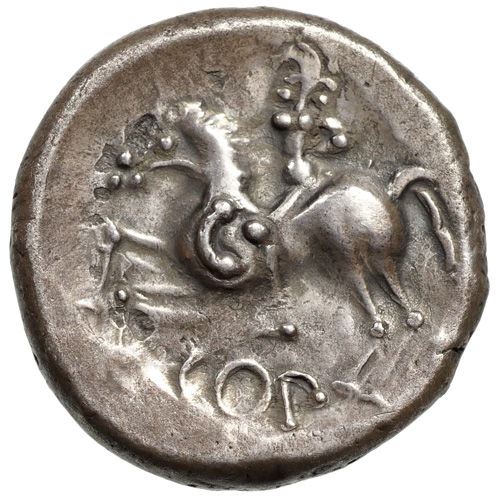
The Boii were a Gallic tribe of the later Iron Age, which was attested at various times in Italy, Pannonia, Bavaria, Bohemia, and Gallia Narbonensis.
They first appear in history in connection with the Gallic invasion of north Italy, 390 BC, when they made the Etruscan city of Felsina their new capital, Bononia (Bologna). After a series of wars they were decisively beaten by the Romans...
They first appear in history in connection with the Gallic invasion of north Italy, 390 BC, when they made the Etruscan city of Felsina their new capital, Bononia (Bologna). After a series of wars they were decisively beaten by the Romans...
The Helvetii were a Gallic tribe or tribal confederation occupying most of the Swiss plateau at the time of their contact with the Roman Republic in the 1st century BC.
In 58 BC, they attempted to migrate to southern Gaul - an event serving as a catalyst for Caesar's conquest of Gaul. According to Caesar, the territory abandoned by the Helvetii had comprised 400 villages and 12 oppida ...
In 58 BC, they attempted to migrate to southern Gaul - an event serving as a catalyst for Caesar's conquest of Gaul. According to Caesar, the territory abandoned by the Helvetii had comprised 400 villages and 12 oppida ...
The Vindelici were a Celtic people in antiquity consisting of several tribes. Their territory was known to the Romans as Vindelicia. Together with the neighbouring tribes, the Vindelici were subjugated by Tiberius in 15 BC.
Little of the language of the Vindelici has survived, although place names suggest that they most probably spoke a variety of Gaulish, like the neighbouring Boii and...
Little of the language of the Vindelici has survived, although place names suggest that they most probably spoke a variety of Gaulish, like the neighbouring Boii and...
The Eravasci were a Celtic people who inhabited Transdanubia. Most of what we know about them comes from archaeology and Roman literature.
They moved in from the north in about the third or fourth centuries BC. The Eravasci worked with iron, created jewelry and pottery, and minted their own coins out of silver. Most Celtic societies at this time were barter economies, therefore making t...
They moved in from the north in about the third or fourth centuries BC. The Eravasci worked with iron, created jewelry and pottery, and minted their own coins out of silver. Most Celtic societies at this time were barter economies, therefore making t...
The Cotini were a Gaulish tribe living during Roman times in the mountains approximately near the modern borders of the Czech Republic, Poland (Silesia), and Slovakia.
Tacitus described the Cotini as speaking a Gaulish language and working, to their degradation, in mining. Like their neighbours in the mountains, the Osi, they had to pay tribute to both the neighbouring Quadi and Sarmati...
Tacitus described the Cotini as speaking a Gaulish language and working, to their degradation, in mining. Like their neighbours in the mountains, the Osi, they had to pay tribute to both the neighbouring Quadi and Sarmati...
The Insubres or Insubri were a Gaulish population settled in Insubria, in what is now the Italian region of Lombardy. They were the founders of Mediolanum (Milan).
Though completely Gaulish at the time of Roman conquest, they were the result of the fusion of pre-existing Ligurian and Celtic population with Gaulish tribes.
After several other clashes, the Insubres made an all...
Though completely Gaulish at the time of Roman conquest, they were the result of the fusion of pre-existing Ligurian and Celtic population with Gaulish tribes.
After several other clashes, the Insubres made an all...
Noricum is the Latin name for a Celtic kingdom, or federation of tribes, that included most of modern Austria and part of Slovenia.
Noricum was a major provider of weaponry for the Roman armies from the mid-Republic onwards. Roman swords were made of the best-quality steel then available from this region, the chalybs Noricus. The strength of iron is determined by its carbon content. Th...
Noricum was a major provider of weaponry for the Roman armies from the mid-Republic onwards. Roman swords were made of the best-quality steel then available from this region, the chalybs Noricus. The strength of iron is determined by its carbon content. Th...

